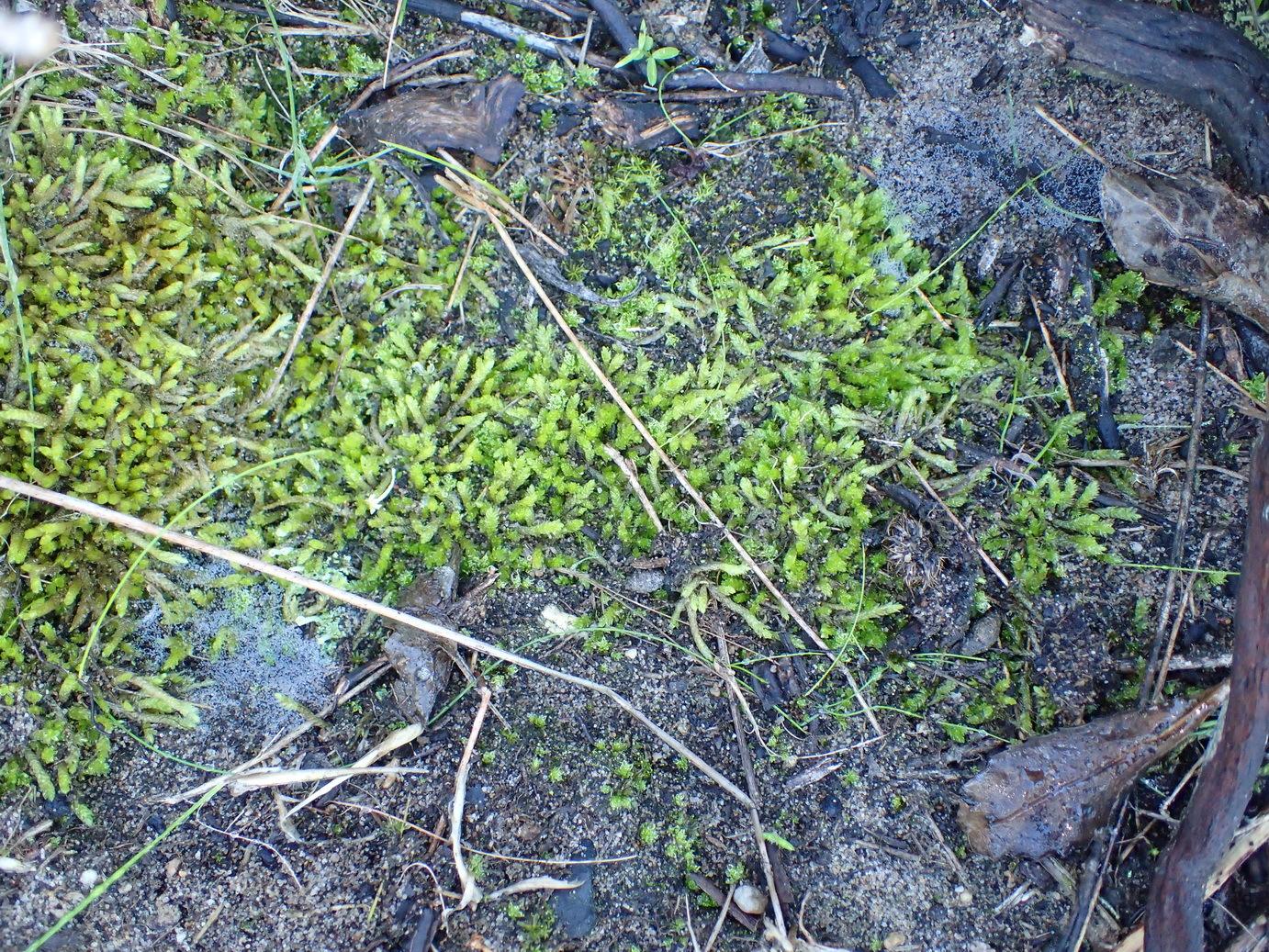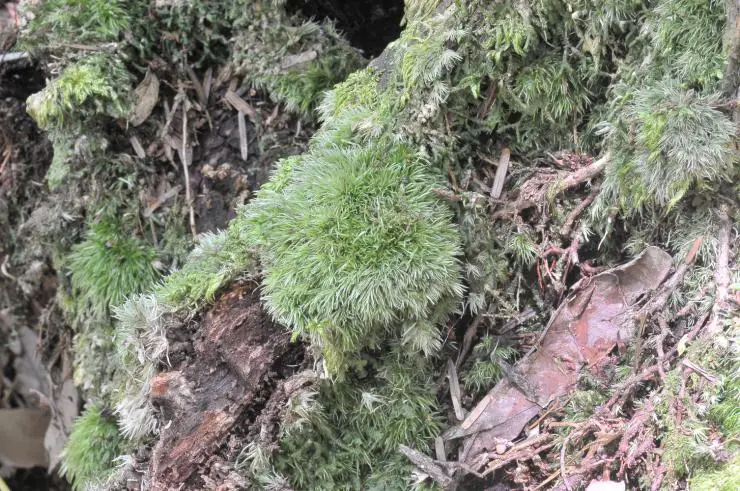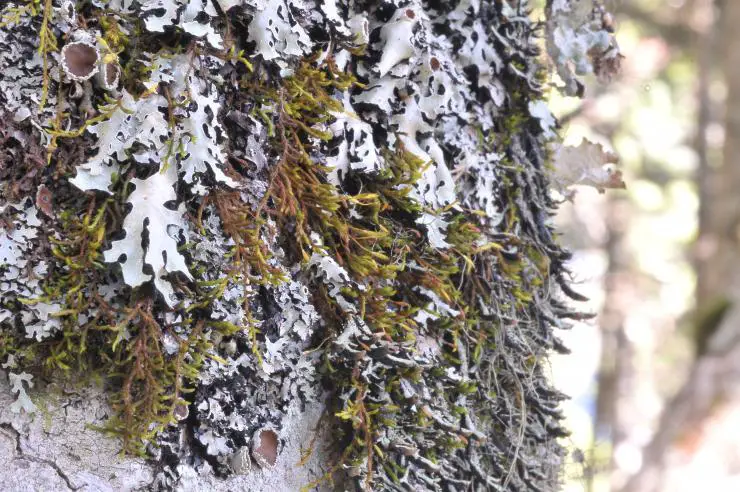Unveiling the Enchanting Realm of Hookeriopsis Moss: A Tiny Plant with a Mighty Impact
Affiliate Disclaimer: As an affiliate, we may earn a small commission when you make a purchase from any of the links on this page at no additional cost to you!

original.jpeg from: https://www.gbif.org/es/species/2673552
Exploring the Fascinating World of Hookeriopsis papillidioides Moss
Introduction
Mosses may be small, but they play a big role in many ecosystems around the world. One particularly interesting species is Hookeriopsis papillidioides (Müll.Hal.) Broth., also known simply as Hookeriopsis. This unique moss belongs to the Pilotrichaceae

7037e79d418c961c5141889e083833ce.jpg from: https://taieol.tw/muse/digi_object/2355523fe7d6b11d4b7a8ac495911fd7
family and has some remarkable characteristics. Let’s take a closer look at this tiny but mighty plant!
Background on Mosses
Before diving into the specifics of H. papillidioides, it’s helpful to understand some basics about mosses in general. Mosses are non-vascular plants in the division

5856d54f21c593d9017a4c708465902e.jpg from: https://openmuseum.tw/muse/digi_object/944be5363af1050246cc941b5ca41998
Bryophyta. They lack true roots, stems, and leaves, instead having structures that serve similar functions. Mosses reproduce via spores rather than seeds and are found in a wide range of habitats worldwide.
Morphology and Identification
Hookeriopsis papillidioides is a pleurocarpous moss, meaning it has a branching, mat-forming growth habit. Its scientific name comes from the papillose cells on the leaf surface – “papillidioides” means “with papilla-like structures”.
The leaves are ovate-lanceolate in shape and have a distinct border of elongated cells. The leaf midrib extends to the apex. Sporophytes (spore-producing structures) are common, with smooth seta (stalks) and inclined, asymmetric capsules.
Global Distribution and Habitat
This moss has a pantropical distribution, found in tropical regions around the world including Central and South America, Africa, and Asia. It typically grows as an epiphyte on tree trunks and branches in moist, shady forests from lowlands to mountains.
H. papillidioides is often found in association with other tropical bryophytes like Neckeraceae and Pterobryaceae species. It prefers humid microhabitats and does not tolerate prolonged desiccation.
Ecological Roles and Adaptations
Like other epiphytic mosses, Hookeriopsis plays important roles in its forest ecosystems:
- Captures and retains moisture
- Provides habitat for micro-organisms
- Contributes to nutrient cycling
- Serves as an indicator of air quality and forest health
This moss has several adaptations for its epiphytic lifestyle:
- Concave leaves to efficiently funnel water
- Rhizoids for attachment to bark
- Tolerance of low light conditions under the canopy
- Asexual reproduction via brood bodies for dispersal
Conclusion
From its eye-catching papillose leaves to its ecological importance in tropical forests, Hookeriopsis papillidioides is a small but fascinating moss. Next time you’re walking through a humid jungle, take a moment to appreciate the complex world of epiphytic mosses living on the trees around you!
What other secrets might these ancient plants hold? With over 12,000 moss species worldwide, there is still much to discover about these marvelous miniature ecosystems. Studying unique species like H. papillidioides can help us better understand and appreciate the incredible diversity of life on Earth, even at the smallest scales.
